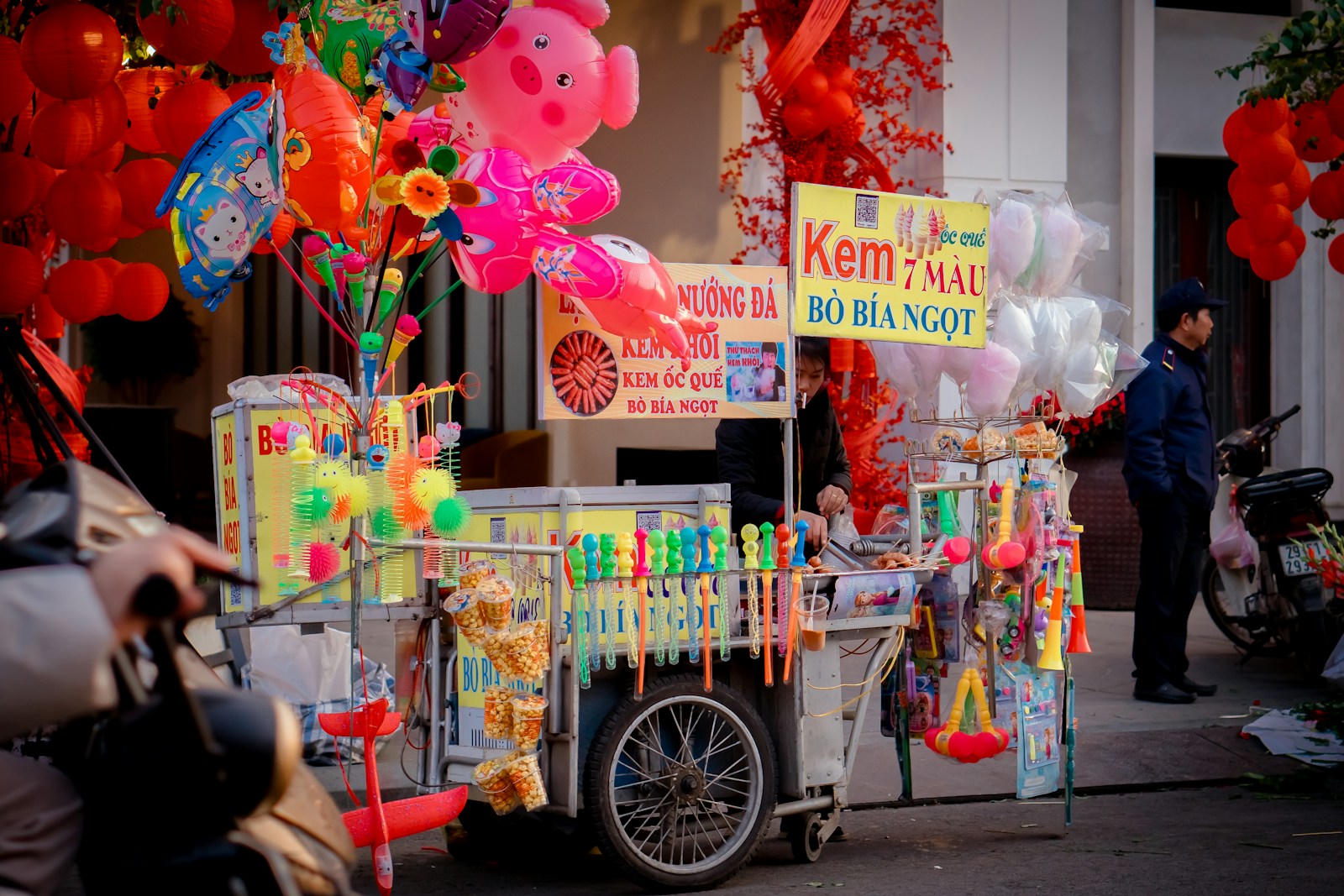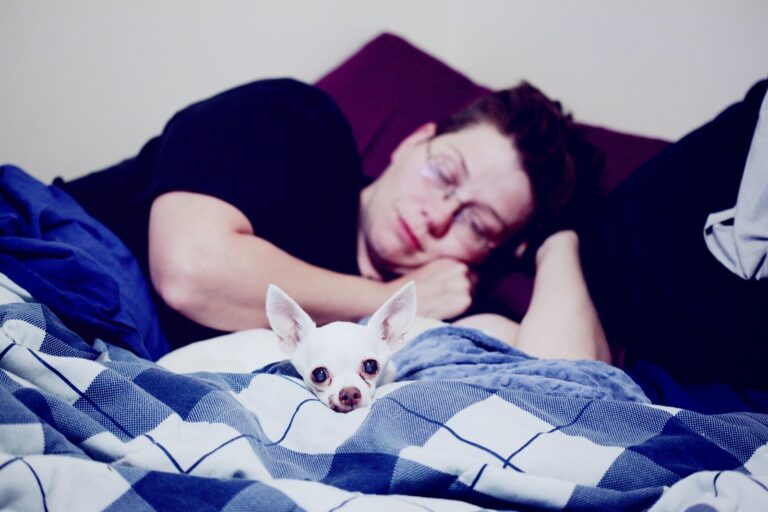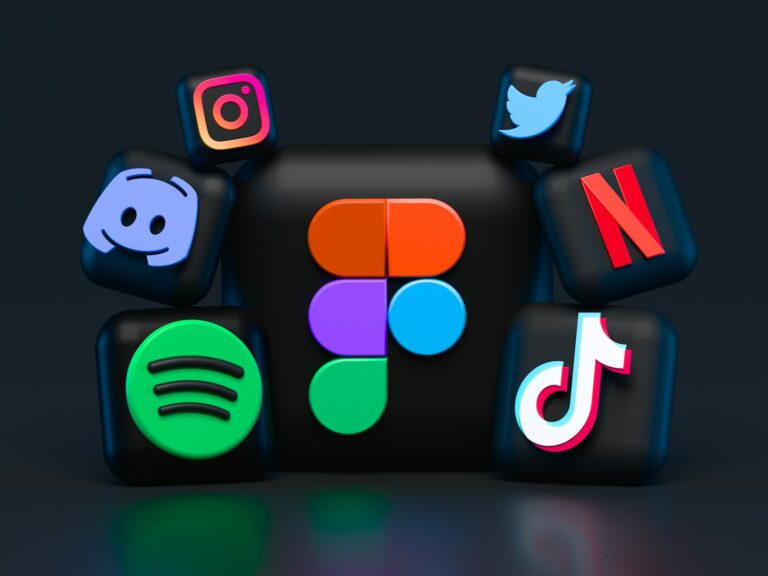
Imagine it this way: On Monday morning, and your students are already talking about the Macy’s Thanksgiving Day Parade they saw the previous day. Rather than allowing that burst of excitement to disappear, think of it as being directed towards enjoyable learning activities that link different subjects like history, science, art, and literacy. That is what balloons over broadway project ideas can do in your classroom.
If you are a seasoned teacher in search of new methods or a parent looking for fun and educational activities at home, then the right project will be able to turn the fascination with the parade into moments of education that last a lifetime. The key is not to make intricate displays that take weeks of planning. It is rather about selecting activities that are suitable for your time, budget, and students’ capabilities while still having a significant learning impact.
Why Balloons Over Broadway Projects Matter in Modern Education
Macy’s parade balloons’ story reveals something rare in education: a subject that naturally stimulates children’s interest and at the same time combines various disciplines. In case students find out about Tony Sarg the one who made the first parade balloons in 1927, they are not only going back in time to see how things went. They are, without knowing it, also acquiring skills such as critical thinking, learning about the different cultures that contributed to the American ones, and in general having fun with a topic that might be considered hard and boring by many.
Building Critical Thinking Through Parade History
Every enormous balloon soaring along Broadway stands for an avalanche of decisions regarding physical principles, design, and safety, hundreds in total. The pupils doing the inquiry about the reasons of the first balloons being let off into the air or the controlling methods of 50-foot figures during heavy winds are acquiring research skills and causal-effect reasoning by doing so. Such problems from the real world make it easier to engage in conversations about creativity and adjustment.
Cross-Curricular Benefits Teachers Love
Parade-themed projects are truly beautiful for being so flexible. One balloon design activity can bring together math skills like measuring, writing arguments in language arts, and applying art principles in visual design. Besides, this integration of subjects makes students view learning as a whole rather than in parts, which, according to research, leads to better retention and engagement.
Getting Started: What You Need for Success
A common misconception that teachers have, which hinders them, is the thought that parade projects necessitate costly materials and a lot of time for preparation. However, the truth is that it is a much simpler thing to access.
Essential Materials (Budget Under $30)
In general, the most common supplies you will need for classroom projects are construction paper, cardboard boxes, tape, markers, and string. These are the basic supplies, and you probably already have them. If you fancy projects, you might want to include tissue paper for a more visual effect, balloons for a large scale model, and pipe cleaners for a more creative and flexible structure. A classroom set for 25 students usually costs around $20-$30 if bought from discount retailers or using recycled materials from home.
Age-Appropriate Project Selection
Younger children from kindergarten to second grade find it easier and more thrilling to create things like paper plate balloon faces or shoebox parade floats using everyday materials. The older ones from third to fifth grade can take up even more complex tasks like working out helium needs based on actual balloon sizes or composing in-depth character histories that include narrative components. The important thing is to adapt the projects to the children’s developmental stages in terms of their physical skills and thinking rather than offering the same project to all.
Quick-Win Projects for Busy Classrooms (Under 30 Minutes)
A lot of the time, you need impactful activities that won’t take up your entire afternoon. These projects are good examples that significant learning is not always linked with extensive preparation.
Paper Plate Balloon Characters
Pupils change ordinary paper plates into lively balloon characters with the help of drawing, gluing paper strips for movement effects, and connecting them with “handlers” made of strings. This 20-minute event sharpens the fine motor skills and at the same time grants the students to express their moods. The students may give their characters a speech in front of their mates, so they will be practicing public speaking while explaining the design selections.
Shoebox Parade Floats
The students are using recycled shoeboxes as the bases to make miniature parade floats that are themed with their favorite books, characters from history, or simply their own interests. The limited area helps in teaching creativity through constraints. The students grasp the idea that restrictions usually give rise to more brilliant ideas than free-ranging options. Cut out wheels from cardboard, and these floats can literally make it down the classroom aisles celebrating with a mini parade.
In-Depth STEM Projects That Wow
These task are for classrooms with extended time or students at the level of a more extended challenge and those who link scientific inquiry with creative design.
Engineering a Helium-Free Balloon
Students are tasked to come up with a non-helium float parade balloon aiming to make the balloon float without helium. The students will be allowed to work with a variety of materials such as tissue paper, lightweight frames, and fans for their experiments. It will be a hands-on project that will expose students to the principles of buoyancy, air pressure, and structural engineering. At the end of the project, the students will have a portfolio that shows their prototypes, test results, and modifications, which is similar to the process that real engineers go through.
Calculating Real Parade Physics
Taking the real measurements of well-known balloons like Snoopy or SpongeBob as examples, learners figure out volume, helium consumption, and the ratio of handlers to weight. This math usage seems to be significant as the students perform calculations using real-time data from the parade. They learn the reason behind the parade management’s decision to keep certain balloons down in bad weather and to come up with safety measures depending on wind speed computations.
Creative Writing and Performance Projects
When a child connects writing with solid subjects that matter to him, it opens up to different possibilities for acquiring literacy skills.
Writing from Tony Sarg’s Perspective
Pupils examine the life of the puppeteer Tony Sarg and then produce first-person diary logs where he narrates his journey of making the very first parade balloons. This task develops research competencies, empathy towards history, and narrative writing along with the above-mentioned points. The students will have to think about the 1920s atmosphere, obstacles Sarg encountered, and the significance of his creative work for the society.
Creating Your Own Balloon Character Story
Every learner crafts a unique balloon figure and then narrates a full story about it, including the character’s traits, powers, and the circumstances that made the character join the parade. This exercise requires the application of visual design, creative writing, character building, and world creation skills. The students may further their projects in the form of comic strips, puppet theaters, or picture books.
Making Your Project Assessment-Ready
Robust assignments require the articulation of precise learning outcomes and the use of evaluation techniques that not only acknowledge but also quantify students’ creative skills.
Rubrics That Work
Develop rubrics that value both the process and the product. For a balloon design assignment, judge the quality of the research, the creativity of the design, the clarity of the explanation, and the skill of the presentation one by one. This method acknowledges that a pupil may perform very well in research but not so much in artistic performance, or the other way around. Rubrics assist students to comprehend the expectations ahead of time and to receive specific feedback later on.
Portfolio Documentation Ideas
Advise learners to take pictures of their ongoing projects, and store sketches and drafts, as well as challenge reflections. These portfolios turn out to be very effective for teacher-student conferences and as a proof of growth throughout the year. Moreover, they provide less talkative students with different means of exhibiting knowledge, which is not through class presentations.
Taking Action: Your Next Steps
It is easier to bring up parade projects if you go through the process step by step and take small, manageable steps. Start by selecting one project that is in line with your current unit and that you think can be finished in the available time. Collect the primary materials, play a couple of parade videos to the students for inspiration, and set clear expectations about what the finished projects should show.
Reconsider the idea of collaborating with another educator to cut down on the preparation work and join forces to hold a parade showcase event. Parents are usually very eager to help with such creative projects if you give them a list of materials and a timeline for deadlines.
The most fruitful projects manage to mix a certain amount of control with a lot of student ownership. Give the minimum requirements, and then allow students to make their own decisions about their work that are important to them. That’s where real learning takes place.
Frequently Asked Questions
What age group works best for balloons over broadway projects?
The mentioned projects are skillfully transformed to be applicable for the very young ones through the ones in the eighth grade. The little ones will be enjoying different kinds of projects and learning the most basic concepts, whereas the big ones will be involved in the engineering process, conducting thorough research, and producing high-level writing. The trick is to change the expectations and complexity instead of completely skipping the subject for such groups of children based on their ages.
How much class time should I dedicate to a parade project?
Quick projects require 30-45 minutes, which is ideal for one-class periods. On the other hand, more extensive projects can be done in a week with 20-30 minutes of daily work. Think about your learning goals: easy-to-do crafts for quick engagement, lengthy projects for deeper skill development. A lot of teachers say that student engagement remains high even in case of longer project timelines, the reason being that the subject matter keeps the interest.
Can I do these projects with limited art supplies?
Without question. Recycling materials such as cereal boxes, newspapers, plastic bottles, and scrap paper often lead to the most effective projects. This method not only trains students in being resourceful but also in using sustainable practices, as the overall cost is kept almost negligible. Parents, who are sometimes even shocked by the amount of recycling in their bins, not only support the teachers’ requests for supplies but also contribute very generously.
How do I connect parade projects to required curriculum standards?
The majority of parade projects correspond, in a natural way, to the standards of literacy, social studies, mathematics, and visual arts. The character backstories writing will be following the standards of narrative writing. The activity of dimension calculating for balloons goes under measurement and data analysis. Parade history research is related to cultural studies and chronological thinking. Include these connections in your lesson plans to show the additional educational value beyond “just crafts”.
What if some students finish much faster than others?
Plan ahead to include extension activities. The fast finishers may prepare parade programs, make safety posters, compose newspaper articles regarding their fellow students’ balloons, or assist the students who require support. Such extensions serve to keep advanced learners busy and engaged while at the same time, silencing the disruption created by the students who prefer to learn at a slower pace.
Are there digital alternatives for virtual or hybrid classrooms?
Certainly. The students can make digital balloon drawings by means of free software for drawing, construct virtual floats in Minecraft or other similar platforms, compose parade stories on a common document, or produce video presentations on the history of the parade. The digital projects keep engagement and transform it to online learning environments.
How can I make these projects inclusive for students with different abilities?
1. Involve different participants in various ways like for example, some students will be making designs, others will be doing the research, some will be doing the writing, others will be doing the presentation. Provide pre-cut materials for students who have difficulty with fine motor skills. Let the students give their answers orally instead of in writing where it is suitable. Do the pairing of students in such a way that their skills would support each other. The theme of the parade itself is inclusive in the sense that it is based on the very idea of diversity and community participation which it celebrates.





